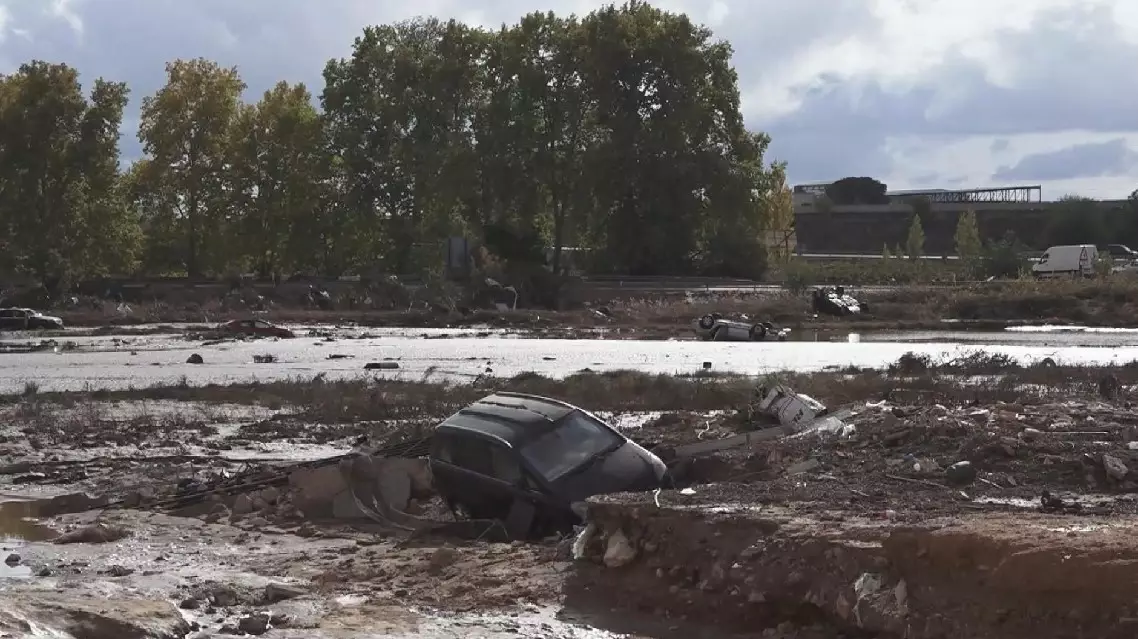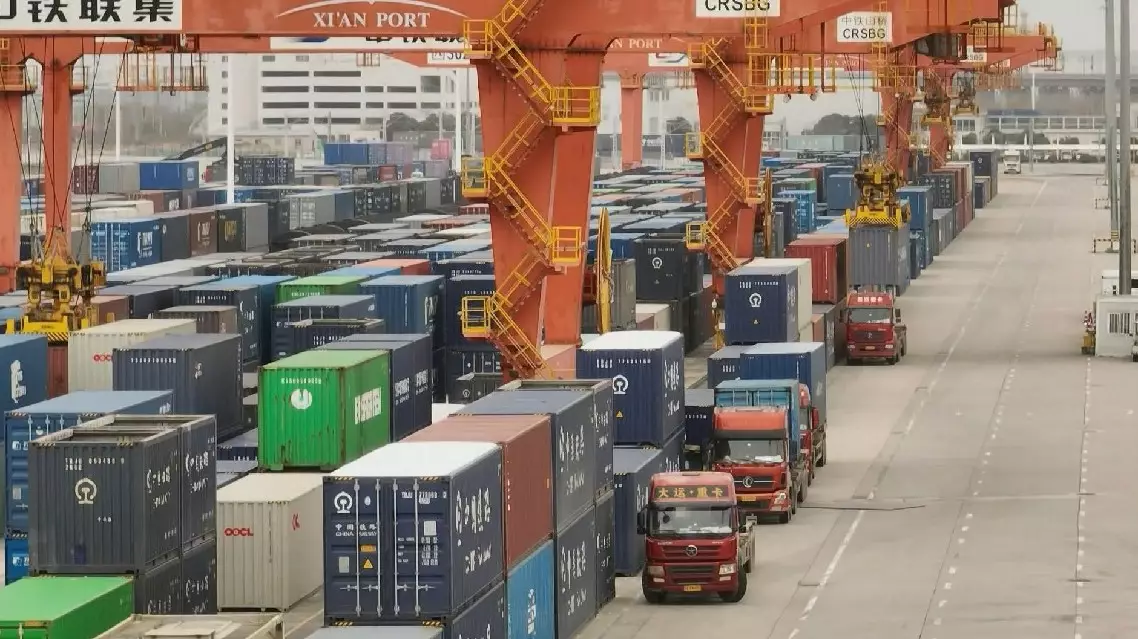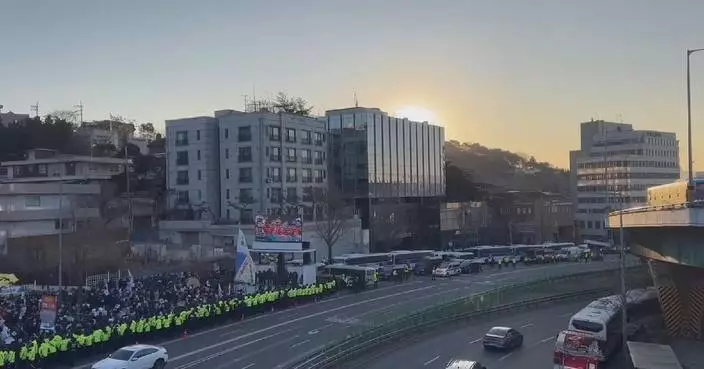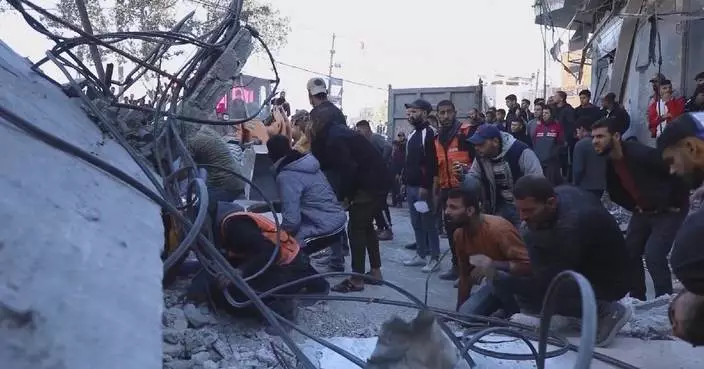The flash floods that swept through the Spanish regions of Valencia, Castilla-La Mancha, and Andalusia last week have resulted in significant casualties and property damage.
The death toll from one of Spain's biggest disasters in decades had risen to 217 as of Sunday, with Spanish Prime Minister Pedro Sanchez noting in televised addressed that this was the second-deadliest flood event seen in Europe this century.
Data also showed that more than 75,000 residential buildings in Valencia have been damaged, and at least 190,000 individuals affected.
In the town of Utiel, one of the hardest-hit areas in Valencia, residents there recalled the chaos when the flood struck.
"My father is over 90 years old. Even he has never encountered such a severe flood. Although there were floods in the past, the water levels were probably only 10 to 15 centimeters at most. Such exaggerated water accumulation is unprecedented," said Manuel Munoz, a local resident.
"My mom and I were both scared. We were helpless and couldn't do anything. The rivers quickly overflowed, making it impossible for anyone to go out on the streets. Every street was submerged. Such a disaster has never occurred in this small town," Alejandro, a young kid also stated.
A Valencia government official announced on Sunday that the dredging work in residents' houses is nearly finished. It is also reported that several thousand volunteers have carried out rescue work and provided aid for affected people, such as helping clear debris and distribute relief supplies.
Experts believe a complex interplay of environmental, historical, and climate factors contributed to the catastrophic outcome.
Heavy rainfall lashed southern and eastern Spain last Tuesday and Wednesday, delivering vast amounts of water over a short period of time. In Chiva, another worst-hit town in the Valencian region, a staggering 491 liters of rain per square meter fell in just eight hours, equivalent to 20 months' volume of typical rainfall.
The ground conditions exacerbated the disaster. Decades of drought have left the soil across much of the region hardened and rock-like, severely reducing its ability to absorb rainfall. Consequently, the downpour swiftly turned into torrents of water that tore through the landscape, accumulating debris and obliterating anything in their path, including riverbanks, bridges, roads, and railways.

Severe floods in Spain cause significant casualties, property damage

Severe floods in Spain cause significant casualties, property damage









